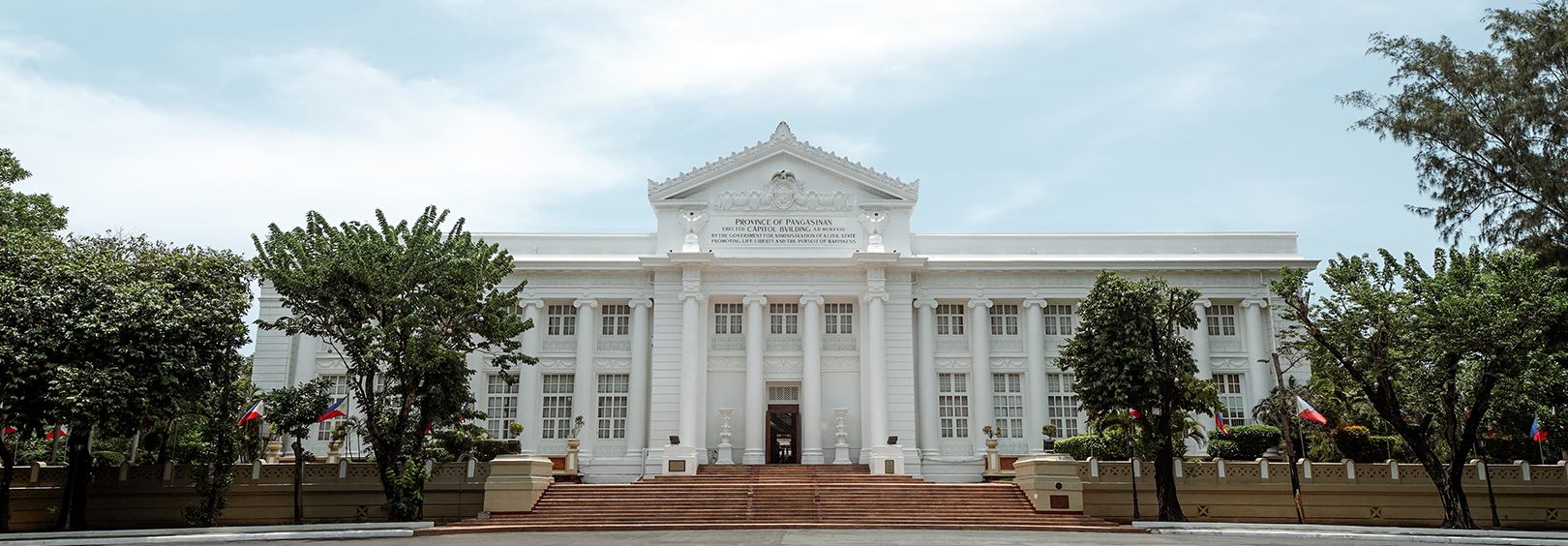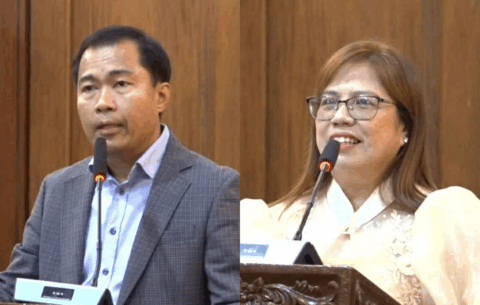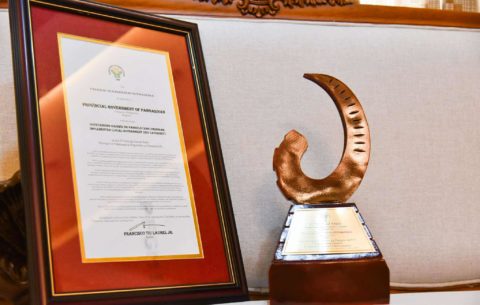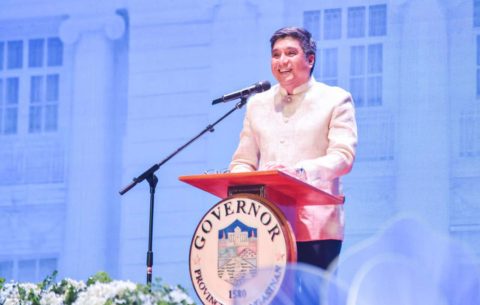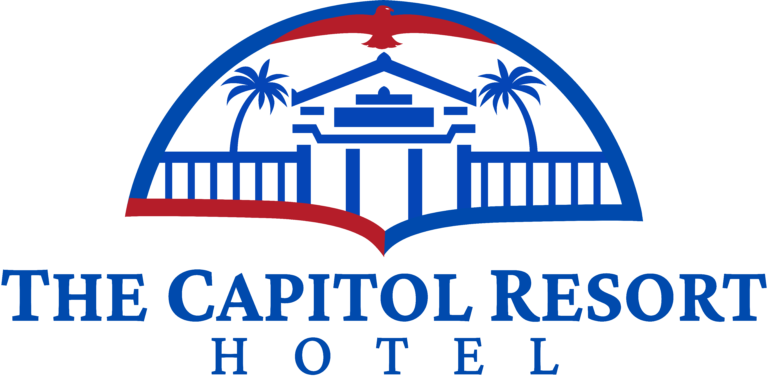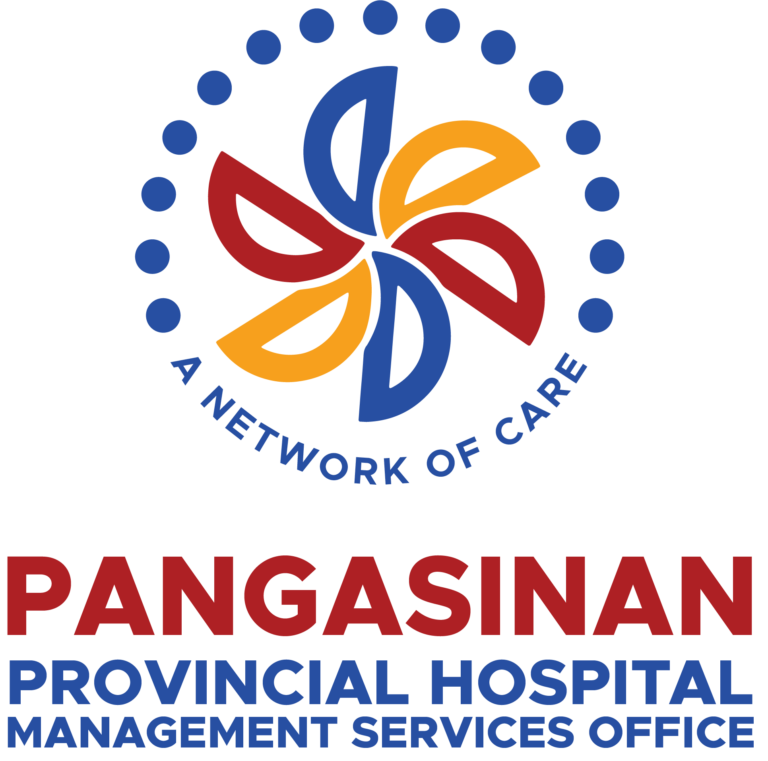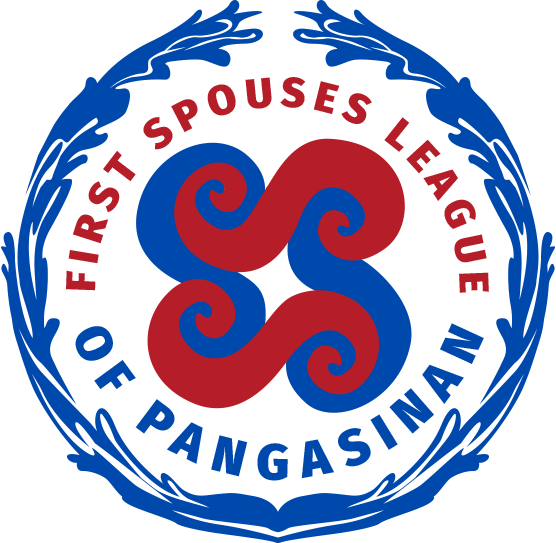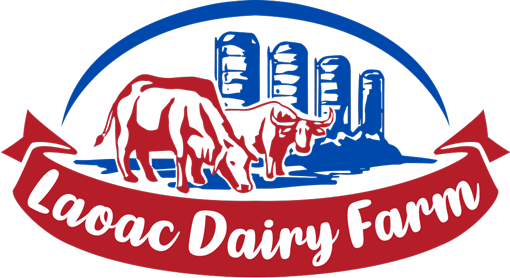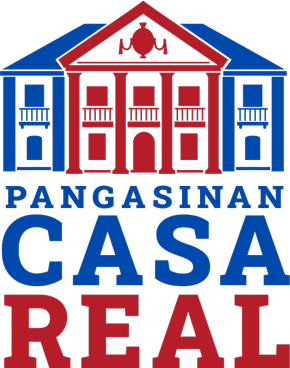A Glance on Pangasinan
Pangasinan is predominantly an agricultural province, hence, farming is the main source of income. It has 14 coastal areas including the towns of Bolinao, Anda, Bani, Agno, Burgos, Dasol, Infanta, Sual, Labrador, Lingayen, Binmaley, San Fabian, and the cities of Alaminos and Dagupan. Its name was derived from the main source of livelihood of these towns which is PanagASINan, a local term for “where salt is made.”
Covering approximately 536,818 hectares of land, the province constitutes roughly 41.8% of the entire land extent of Region 1 and accounts for 1.8% of the nation’s total land area. It is composed of four cities—Dagupan, Alaminos, Urdaneta, and San Carlos—and 44 municipalities.
Pangasinan is bounded on the north by the Lingayen Gulf, La Union, and Benguet; Nueva Vizcaya on the north-east portion and Nueva Ecija on the east; Tarlac on the south and the China Sea on the west.
Considered as one of the earliest political and administrative units in the Philippines, Pangasinan was conquered and colonized by D. Martin de Goiti in 1571. It was made an encomienda by the Spanish Royal Crown to receive instruction on the Catholic Faith on April 5, 1572. In 1580, it was organized into a political unit which indicated that Pangasinan became a province. April 5, 1580, is the official founding day of the province of Pangasinan.
Definitely a place with diverse heritage and culture, Pangasinan boasts of its ancient traditions that are best highlighted by festivals celebrated by the different localities which best describe the various cultures and popular livelihood resources of each town and city.
Known as the province of the best tasting 3Bs—Bangus (milkfish), Bocayo (coconut caramel/toffee), and Bagoong (fish sauce/paste), Pangasinan has more to offer than what satisfies the palate. Its wide stretch of coastlines with pearly white sandy beaches, century-old Hispanic churches, vast agricultural lands, verdant hills, cascading waterfalls, and mystique caves create visual inspirations to visitors leaving the wanderers in ecstatic awe.
Based on the 2020 census, the province has a total population of 3,163,190. Among the 48 cities and municipalities, San Carlos City is the most populous not only in Pangasinan but in the entire Region 1 with 205,424 residents.
The province is divided into three sections. The western region serves as the ancestral land of the Sambal community, giving rise to a unique mother tongue known as Bino-bolinao, spoken particularly in the towns of Bolinao and Anda. The central and eastern parts are dominated by Pangasinan speakers. Historical records indicate that Ilocano-speaking inhabitants established themselves in the province as a result of ethnic migrations.
Among the valuable assets of the province is its tourism potential. Pangasinan boasts of a long stretch of white sand beaches in the west and soft gray sand beaches in the central side. All of these, display deep blue sea water, diverse aquatic life, and perfect sites where one can truly enjoy a breathtaking view of the sunset.
There is more than meets the eye, the province never fails to satisfy the gastronomic cravings of the people especially the first-time visitors with the local palatable dishes that are uniquely Pangasinan’s. These are some of them: inihaw na bangus (grilled milkfish) paired with pinakbet; pigar-pigar (stir-fried beef with cabbage); burong isda (pickled fish); longganiza (sausage which are the best products of Alaminos City and Binalonan); other seafood cuisine and many other homegrown cookeries that can satisfy even the most delicate taste.
Each of the towns and cities has its own One Town One Product (OTOP) and festivals that celebrate the uniqueness and abundance of the locality.
Aside from places, food, and events, what makes Pangasinan livable and loveable is the culture that is within the hearts of its citizens. One can feel the comfort of one’s home through the hospitality of its people who are genuinely warm and genial.


